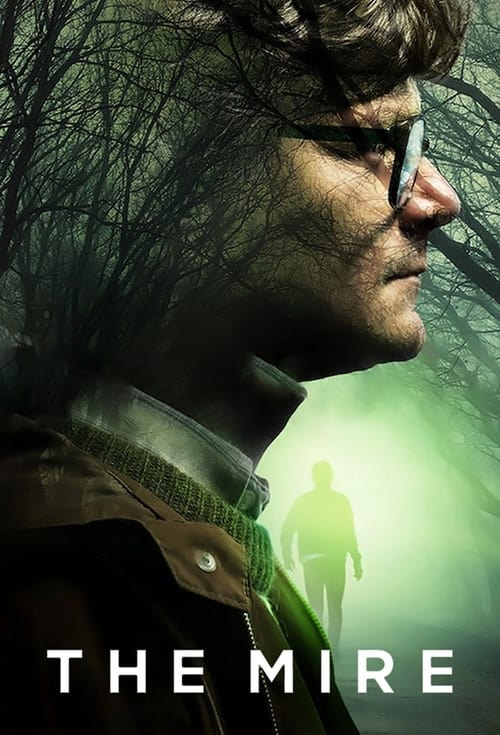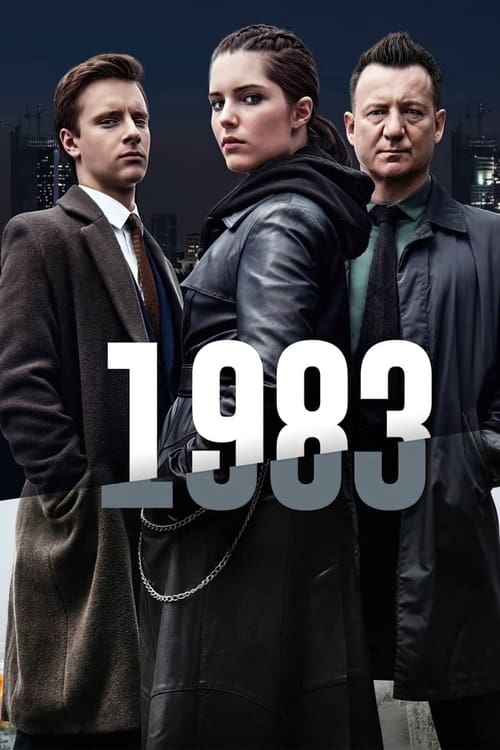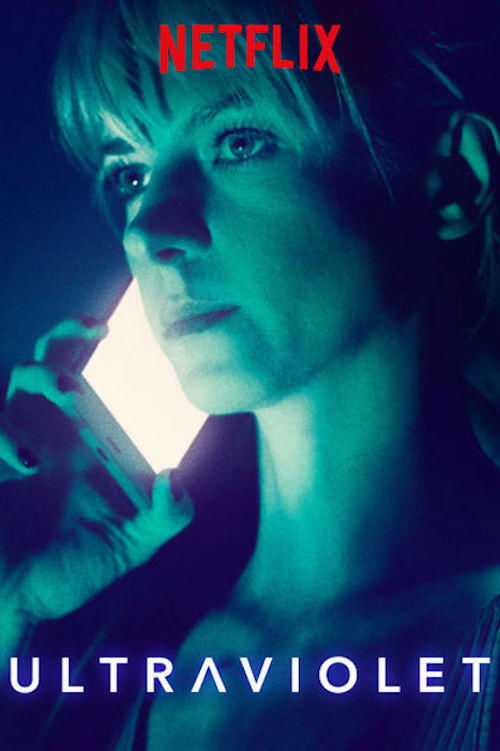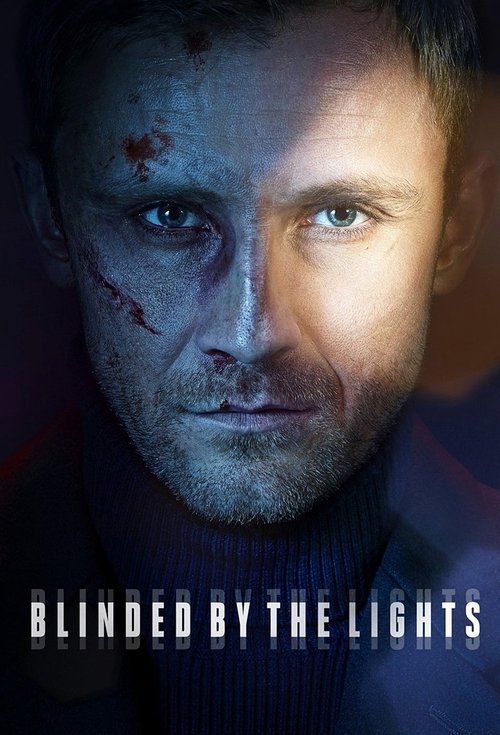
Ask Your Own Question
What is the plot?
In Episode 28 of Season 2 of "Ślad," the episode opens with a tense atmosphere as the main characters, particularly the investigative team, are grappling with the aftermath of a recent case that has left them emotionally drained. The scene is set in the office, where the team is reviewing evidence and discussing leads. The camera pans across the cluttered desks filled with files and photographs, highlighting the weight of their ongoing investigation.
As the team delves deeper into the case, they receive a crucial tip-off about a potential suspect. This leads them to a rundown part of the city, where they confront a man who has been linked to the crime. The confrontation is intense; the team members are on high alert, their expressions a mix of determination and anxiety. The suspect, cornered and defensive, tries to evade their questions, but the team presses him, revealing their knowledge of his whereabouts on the night of the incident.
Following this confrontation, the team splits up to gather more information. One member, driven by a personal connection to the case, decides to visit the victim's family. This scene is emotionally charged, as the family members express their grief and frustration over the lack of progress in the investigation. The investigator listens intently, taking notes and promising to do everything possible to find justice for their loved one. The emotional weight of this encounter fuels the investigator's resolve.
Meanwhile, another team member follows a lead to a local bar known for its shady clientele. The atmosphere is dark and smoky, filled with the sounds of clinking glasses and muffled conversations. The investigator approaches a bartender who seems reluctant to share information. After some persuasion, the bartender reveals that he saw the suspect with a mysterious woman shortly before the crime occurred. This revelation adds a new layer to the investigation, prompting the team to consider the possibility of a larger conspiracy.
As the episode progresses, the team reconvenes to share their findings. Tensions rise as they debate the next steps, with some members advocating for a more aggressive approach while others caution against it. The internal conflict highlights the differing motivations and emotional states of the characters, showcasing their dedication to the case but also their personal struggles.
The climax of the episode occurs when the team receives a tip about a meeting between the suspect and the mysterious woman. They set up surveillance, and the scene is filled with suspense as they wait in the shadows, hearts racing. When the meeting finally occurs, it is fraught with tension. The suspect and the woman exchange heated words, and the team realizes that they are on the verge of uncovering a significant breakthrough.
Just as the team prepares to make their move, the situation escalates. The suspect becomes agitated and attempts to flee, leading to a chaotic chase through the streets. The camera captures the frantic energy of the pursuit, with close-ups of the characters' determined faces and the adrenaline-fueled action. The chase culminates in a dramatic confrontation in an alley, where the team finally apprehends the suspect after a struggle.
In the aftermath of the confrontation, the team reflects on the emotional toll of the case. They gather in the office once more, exhausted but resolute. The episode closes with a sense of unresolved tension, as they realize that while they have made progress, the case is far from over. The final shot lingers on the team, united in their mission but burdened by the weight of their responsibilities, setting the stage for future developments in the series.
What is the ending?
In the ending of "Ślad," Season 2, Episode 28, the main characters confront the consequences of their actions throughout the season. The episode culminates in a tense standoff that reveals deep-seated emotions and unresolved conflicts. Ultimately, the characters must face their choices, leading to a resolution that sets the stage for future developments.
As the episode begins, the atmosphere is thick with tension. The main characters gather in a dimly lit room, each grappling with their own internal struggles. The weight of their past decisions hangs heavily in the air, creating a palpable sense of unease.
Scene 1: The Standoff The camera pans across the room, capturing the anxious expressions of the characters. They exchange glances filled with unspoken words, revealing their fears and regrets. The leader of the group, visibly shaken, steps forward to address the others. His voice trembles as he acknowledges the mistakes they've made, setting the tone for the confrontation that is about to unfold.
Scene 2: Confessions and Revelations As the conversation progresses, one character breaks down, confessing their role in the events that led them to this moment. Tears stream down their face, and the raw emotion resonates with the others. This moment of vulnerability sparks a chain reaction, prompting each character to share their own burdens. The room fills with a mix of anger, sorrow, and understanding as they confront the truth of their actions.
Scene 3: The Turning Point Just as the tension reaches its peak, an unexpected interruption occurs. A figure from their past enters the room, bringing with them a revelation that changes everything. The characters are forced to confront not only their own guilt but also the impact of their choices on others. This moment serves as a catalyst for change, pushing them to reevaluate their priorities and relationships.
Scene 4: Resolution and Acceptance In the final moments of the episode, the characters begin to find a sense of closure. They acknowledge the pain they've caused but also recognize the possibility of redemption. As they embrace one another, the camera captures their expressions of relief and hope. Each character's fate is intertwined, suggesting that while they may have faced darkness, there is a path forward.
The episode concludes with a sense of ambiguity, leaving viewers to ponder the future of these characters. Some may choose to seek forgiveness, while others may continue to grapple with their past. The final shot lingers on the group, united yet changed, hinting at the complexities of human relationships and the enduring impact of their choices.
Is there a post-credit scene?
In "Episode 28" of Ślad, there is no post-credit scene. The episode concludes without any additional content after the credits roll. The focus remains on the resolution of the main plot points and character arcs within the episode itself, leaving no further scenes or teasers for the audience to engage with after the main story concludes.
How does the relationship between the main characters evolve in this episode?
Throughout Episode 28, the dynamics between the lead investigator and their partner shift significantly. As they face mounting pressure from their superiors and the community, their trust in each other is tested. Emotional confrontations reveal vulnerabilities, and a pivotal moment occurs when one character confesses a past mistake that jeopardizes their partnership, forcing them to reevaluate their loyalty and commitment.
What role does the setting play in the events of Episode 28?
The setting in Episode 28 is crucial, as it takes place in a small, tight-knit community where everyone knows each other. The claustrophobic atmosphere amplifies the tension, especially during scenes in the local bar where secrets are exchanged. The contrast between the serene exterior of the town and the dark undercurrents of crime creates a palpable sense of unease, influencing the characters' actions and decisions.
What key events lead to the climax of Episode 28 in Ślad Season 2?
In Episode 28, the tension escalates as the investigation into the mysterious disappearance of a local figure intensifies. The main characters, particularly the lead investigator, grapple with personal dilemmas that affect their judgment. A critical scene unfolds when they uncover a hidden connection between the victim and a powerful local businessman, leading to a confrontation that reveals deeper layers of corruption.
What are the motivations behind the antagonist's actions in this episode?
In Episode 28, the antagonist's motivations are driven by a desire for power and control over the town. As the investigation closes in, their desperation leads to increasingly reckless decisions, including intimidation and manipulation of key witnesses. This character's backstory is explored, revealing a traumatic past that fuels their current ruthlessness, adding complexity to their villainy.
How do the characters cope with the emotional fallout from the events in Episode 28?
After the intense events of Episode 28, the characters are left to deal with significant emotional fallout. The lead investigator struggles with guilt over a decision that led to a critical turning point in the case, while their partner faces anxiety about the implications of their findings. Scenes of quiet reflection, such as one character staring out at the town from a secluded spot, highlight their internal battles and the weight of their responsibilities.
Is this family friendly?
"Ślad," season 2, episode 28, contains several elements that may not be suitable for children or sensitive viewers.
-
Violence: The episode features scenes of physical confrontations and the aftermath of violent incidents, which may be distressing for younger audiences.
-
Crime Themes: The narrative revolves around criminal activities, including investigations into serious offenses, which could be unsettling for some viewers.
-
Emotional Turmoil: Characters experience intense emotional struggles, including grief, betrayal, and moral dilemmas, which may resonate deeply and evoke strong feelings.
-
Mature Themes: The episode touches on themes of loss, justice, and the complexities of human relationships, which might be challenging for younger viewers to fully comprehend.
-
Tense Atmosphere: The overall tone of the episode is suspenseful and can create a sense of anxiety, which may not be appropriate for all audiences.
These aspects contribute to a viewing experience that may be more suitable for older teens and adults rather than children.






















